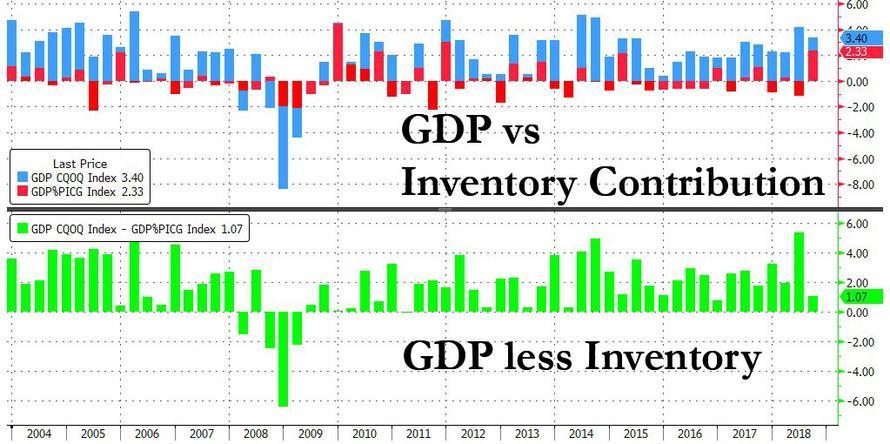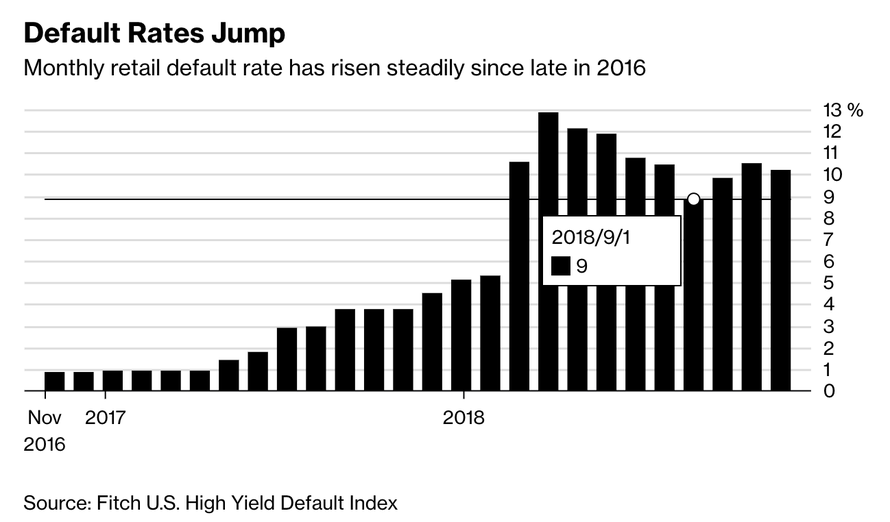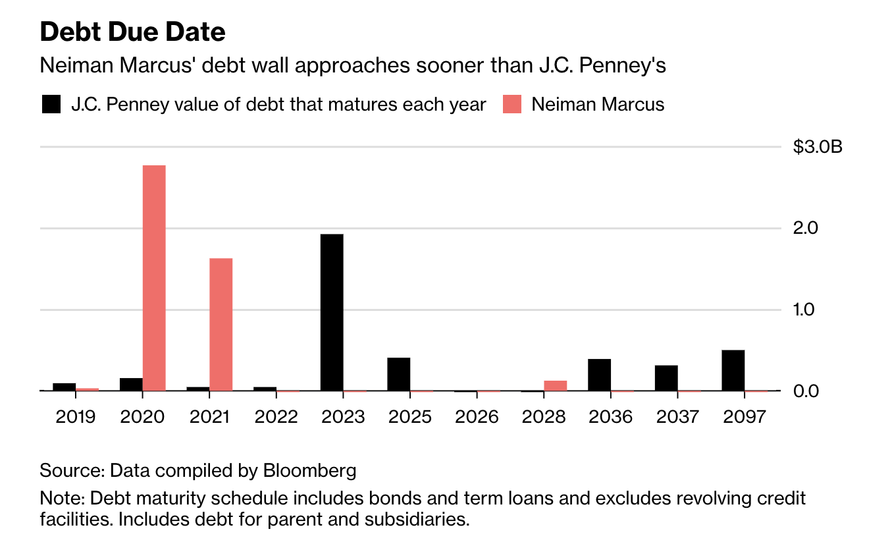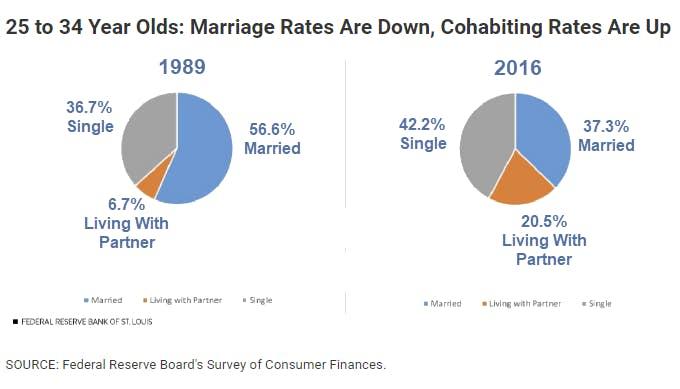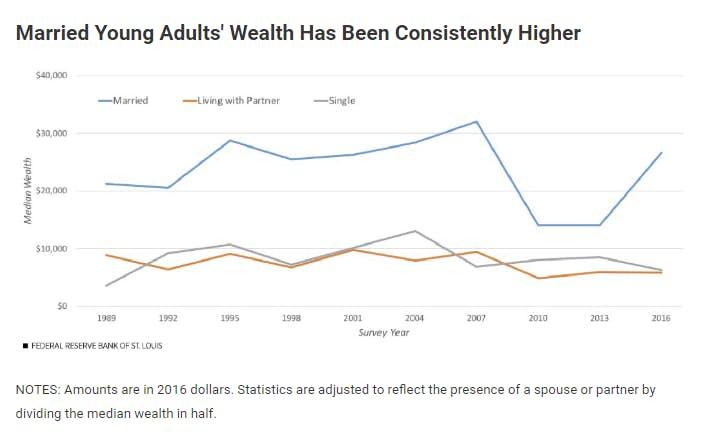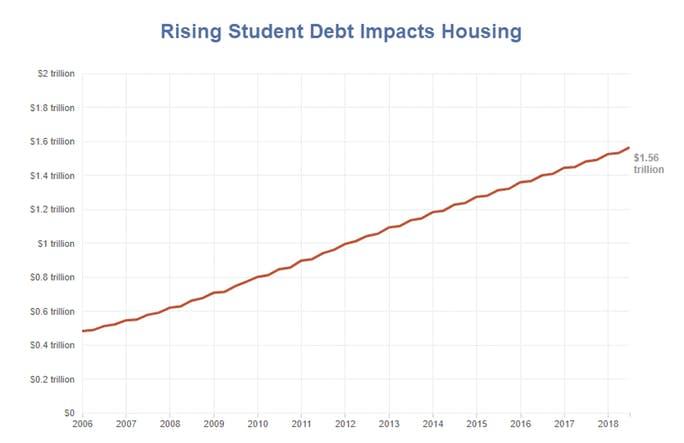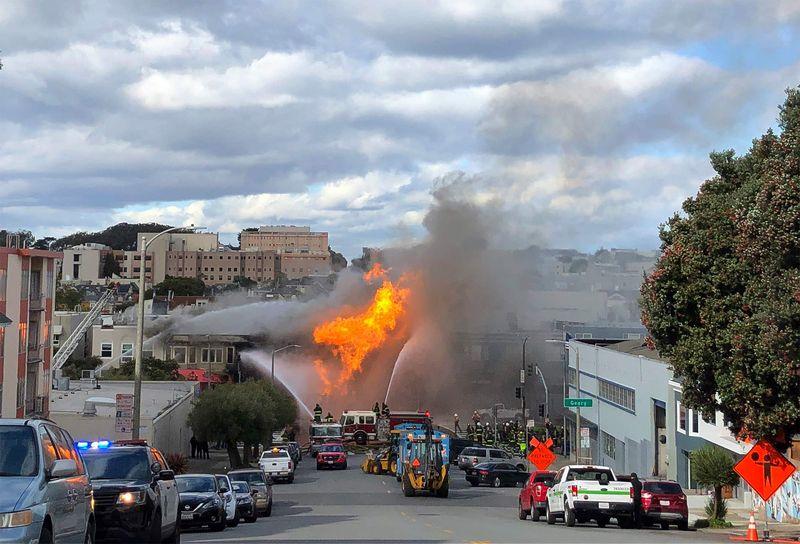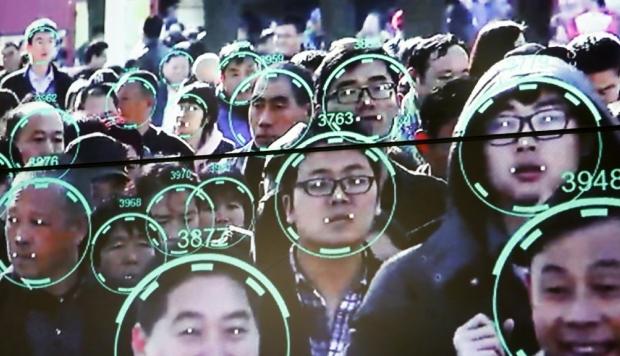Media Bias: While journalists are getting pink slips across the country, the Washington Post decided to dump a boatload of cash for a Super Bowl image ad that tried to portray the news media as national heroes.
Here’s a better, and much cheaper, idea to restore the industry’s shattered reputation: Be less blatantly partisan.
In the 60-second ad, Tom Hanks intones about the importance of journalists against the backdrop of historic events. Thankfully, during these times, the ad says, “There’s someone to gather the facts. To bring you the story. No matter the cost. Because knowing empowers us. Knowing helps us decide. Knowing keeps us free.”
The problem with journalists today, however, is that they aren’t interested in gathering facts or empowering the public with knowledge. Instead, they are interested mainly in pushing their agenda — a basic failing of the profession brought into high relief over the past two years.
Media Bias Kills Trust
The latest IBD/TIPP Poll makes this abundantly clear. The poll asked several questions to gauge the public’s perception of the mainstream news media.
What did it find?
First, that fully half the country says its trust in the media decreased over the past two years. A tiny 8% say it’s increased.
That includes a plurality of independents (49%). Even among Republicans, who’ve long grown accustomed to media bias, 81% say their trust in the press has dropped over the past two years.
Geographically, those in the Midwest and the South are mostly likely to say their trust in the press has declined (52% and 57%, respectively) since Trump took office. Men are far more likely than women (54% vs. 47%). And those with incomes over $75,000 (51% of home distrust the media more) more than lower-income households.
These findings alone should be alarming. After all, as any corporate executive knows, you can’t run a successful business when a vast and increasing share of your customer base doesn’t trust the product you are selling.
It gets worse.
Pushing An Agenda
The poll found that more than two-thirds of the public (69%) think the news media “is more concerned with advancing its points of view rather than reporting all the facts.” Only 29% of the public disagrees with that statement.
In other words, nearly seven out of 10 adults in the country think the Post ad’s blather about “gathering the facts” is bull.
That includes 72% of independents, 95% of Republicans, and — surprisingly enough — 43% of Democrats.
There’s more. Fifty-nine percent say that the press covers issues in a way “that seeks to delegitimize the views held by President Trump and his supporters.”
Sixty percent of independents and 93% of Republicans agree with that.
Prejudging Trump
Also, more than half (53%) say they agree that the media “prematurely declared President Trump guilty of collusion with Russia without sufficient evidence.”
On this, too, most independents (55%) agree. So do more than one in five (22%) of Democrats.
Is anyone in the mainstream press paying attention? Apparently not, since they seem to think that the only problem they have is too few image ads.
So, here’s a question for the folks at the Washington Post:
How does “knowing help us decide” when the press clearly isn’t helping the public “know,” but is instead trying to force decisions by spinning stories, massaging facts and pushing an agenda?
The Post would have done journalists – to say nothing of the public at large – a real service if, instead of blowing millions of dollars on a Super Bowl ad, they had put that money into dealing with media bias. They could start by teaching journalists not to be propagandists for the far left wing of Democratic Party.
via ZeroHedge News http://bit.ly/2GtEW1V Tyler Durden
